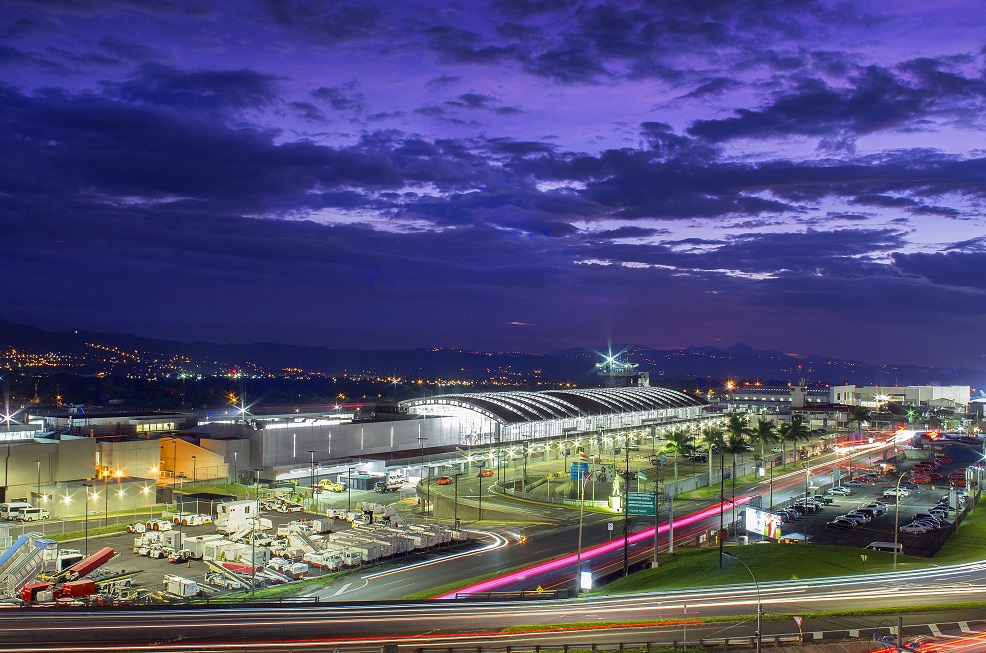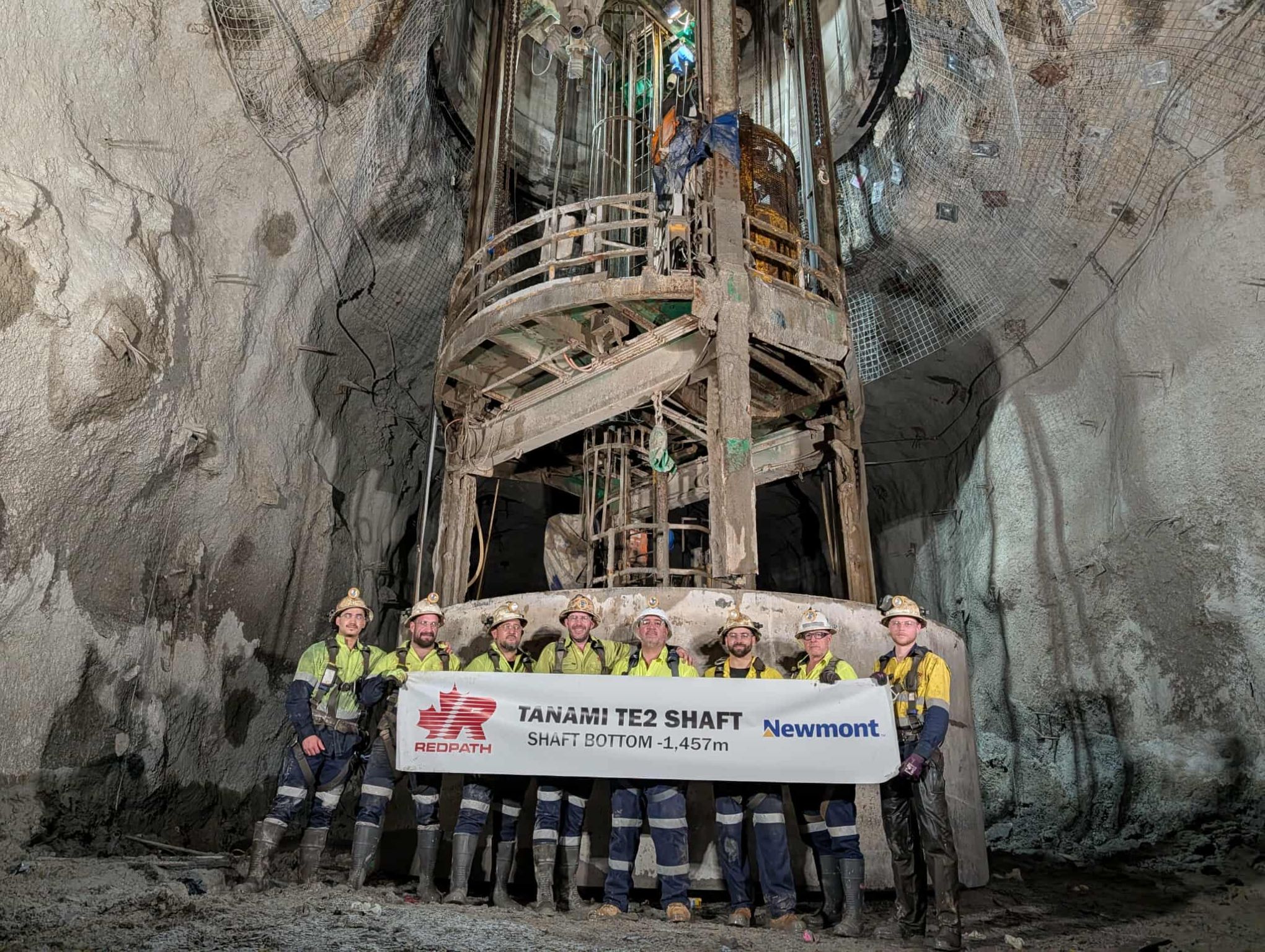
Figures recently released by the Costa Rican Tourist Board show that tourism in the small Central American country is thriving. The number of tourists entering the country has risen every year since 2010, reaching a total of just over 3 million visitors - the first time it has achieved that landmark figure. None of this would have been possible without the stellar contribution of Central America’s second largest airport, Juan Santamaria International Airport (“SJO”).
In addition to contributing to the country’s economic prosperity, AERIS - the company in charge of managing SJO, has racked up a number of awards over the past number of years - including
the recognition of most improved airport in all Latin America and the Caribbean, granted by ACI and the recent renewal of the ISO 9001.- a testament to the quality on offer in Costa Rica’s main airport. Buoyed by this success, we thought it would be a good time to catch up with Rafael Mencia Ochoa, Executive Director at Aeris, responsible for operations at SJO.
Background
SJO is located in Alajuela, approximately 20 kilometres from downtown San Jose, Costa Rica’s capital. It is owned by the government of Costa Rica and is runned by AERIS Holding.
The airport administrator is supported by the experience of his parent companies HAS Development Corporation and CCR Group. CCR has participation in Quito International Airport, Curazao International Airport and Belo Horizonte International Airport, Minas Gerais, Brazil.
SJO celebrated its 60th anniversary in 2018, having been formally founded in 1958. This milestone was followed by welcoming a record number of passengers.
In the last year, Mr. Mencia Ochoa says: “Passenger traffic reached about 5.3 million people in 2018, representing a growth of 36% in the last 4 years (from 2014 to 2018). Undoubtedly, these figures have been possible thanks to the synergy and joint work with State institutions, for having a prosperous and robust industry, which is increasingly important for Costa Rican economy”.
He estimates that around 6,000 people are employed directly or indirectly in all the airport. They have also created an imperative for the airport to keep investing. He says: “The investment in works completed at SJO totals $81 million, which has allowed the arrival of wide-body aircraft, the opening of new routes, direct connections, increase in flight frequencies, airport security and passenger comfort.”
The latest block is spread over 6,000 square metres (or slightly under 65,000 square feet) on four separate levels. It cost a total of $25.5 million, which was divided between the government, its operating partner Aeris Holding and the country’s aviation authority. It forms part of a larger long-term investment program, higher than $143 million.
Mr. Mencia Ochoa notes that since 2018 and during 2019 will see the delivery of new projects, which include an extension of the existing runway, a relocation and extension of Candela Street (a street which runs along the perimeter of the airport) , safety zone added at the end of the runway, some connectors to the main track and south parallel taxiway. This will run in parallel with improvements within the terminal, which he says “will increase the airport's overall capacity and reduce passenger processing times.”
Social and Economic Impact
AERIS has implemented an excellence program for its commercial partners to ensure that they meet the highest international standards across three measures: comercial-focus initiatives, which respond to the needs of passengers; social actions that have an impact on the community surround the airport and environmental initiatives.
Mr. Mencia Ochoa says: “This program evaluates the performance of the participants annually with a maximum of three stars per category.Throughout the process, the Airport Manager provides support to businesses from its commercial and environmental unit. Year after year, the participation of operators in the Excellence Program has been improved.” This in itself has no doubt contributed to the growing popularity of SJO with visitors.
He continues: “For its part, Aeris supports key projects of entrepreneurs in the area (artisans) in order to strengthen the profitability of their activities and have a more prosperous society. The Mercadito, which agglomerates two cooperatives (Coopemipymes and Coopearsa) and allows about 123 artisan families from Sarchí and Cartago (areas in Costa Rica) to market their products to the millions of passengers that transit through the terminal.”
Growing sustainably
As a country of outstanding natural beauty, it’s important for all SJO stakeholders that its rapid expansion is undertaken in a sustainable manner. According to Mr. Mr. Mencia Ochoa: “AERIS Holding Costa Rica is an organization that is committed to compliance with environmental sustainability standards. We have prioritize the identification, reduction and prevention of environmental, social and occupational risks in all of our operations.”
He goes on to provide a long list of measures taken by SJO to ensure that it meets and indeed, surpasses the environmental and sustainability standards required of it. These measures include the efficient and sustainable use of natural resources (as witnessed by its Excellence Program), working with programs for monitoring and reducing environmental impact and participation in programs to ensure the safety and protection of wildlife in the vicinity of the airport.
The infrastructure investments made at the airport will also be monitored under the strictest possible environmental standards. As Mr. Mencia Ocha says, “all infrastructure works at the airport incorporate internationally-recognized sustainable construction standards. For example, the Domestic Terminal was built under the LEED Certification and other construction works contracts have included have sustainability standards as part of the terms.”
Partners and Suppliers
SJO’s partners and suppliers are a diverse range of companies from across the globe. In fuel and ground handling, it can call on Recope, Newrest, Swissport International Services and ADS Ground Handling. Retail is no less catered for, with companies such as Britt, QSR, Gastro Pub, Inmobilara Bertero and Starbucks offering clients a wide array of choice during their stay at the terminal.
On the airlines and cargo side, the list is constantly growing. Some of the most well-known names include DHL Cargo, Lan Cargo, Air Canada, British Airways, Edelweiss, Lufthansa, Airfrance/KLM, Interjet, Volaris, Jet Blue Airlines and Spirit Airlines.
The Future
Given the success of the management of AERIS and the growth of the main airport in Costa Rica. Mr. Mencia Ochoa says: “We will continue with efforts to provide the country with a contemporary airport, which contributes to national competitiveness and exceeds world standards, as well as those established in the Management Contract.”
He continues: “We will maintain the focus to continue leading the region with a safe, technological airport, ideal for working and with high levels of satisfaction among passengers, airlines and subcontractors.All of the above and more will be a reality through the close and transparent links we maintain with the government administration and its leaders.”
By all indications, it will be capable of delivering on this lofty task. Not only is the airport growing sustainably, but figures released by Costa Rica’s airport authority show that it is doing so on a month-to-month basis. With flights extending only to North and South America and Europe, there is still considerable runway for growth. Southeast Asia, the Middle East and Africa all have yet to benefit from direct flights to Costa Rica. They don’t know what they’re missing.



 Juan%20Santamaria%20-%20April%202019.pdf
Juan%20Santamaria%20-%20April%202019.pdf










